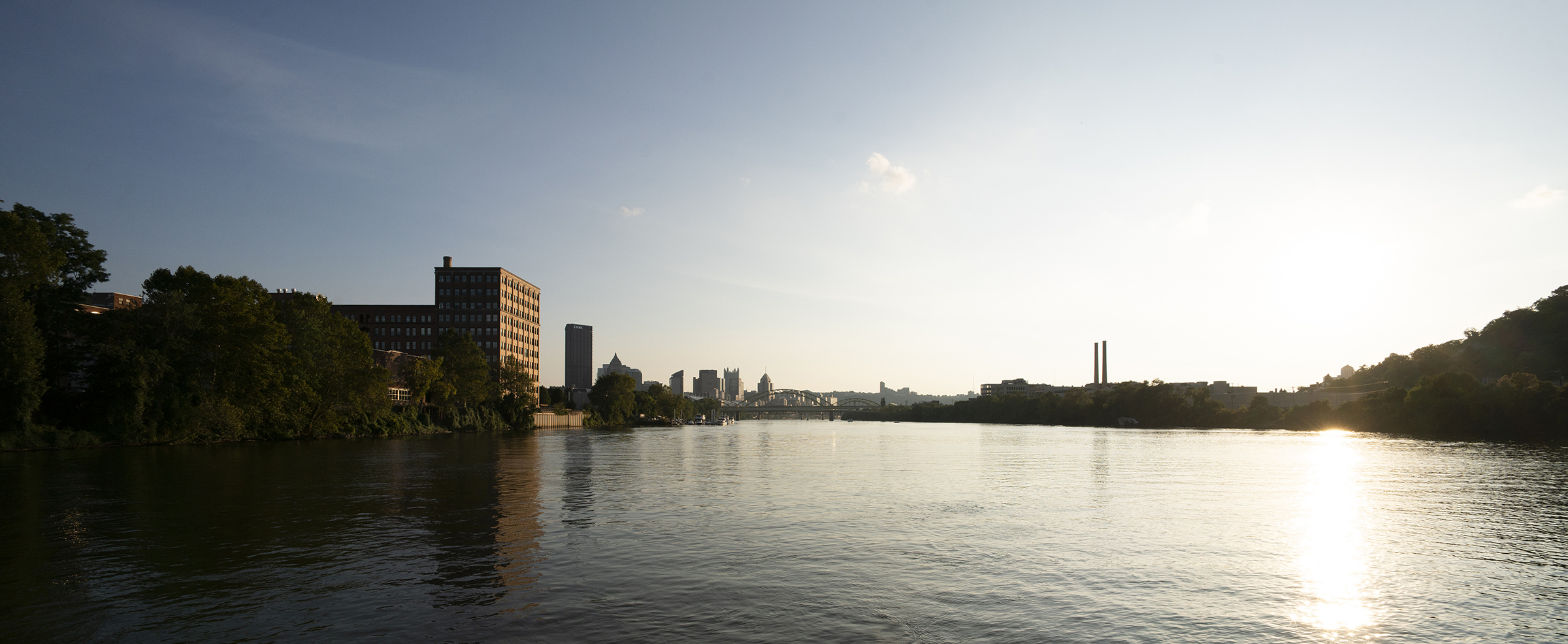Pittsburgh Parking Authority
The Public Parking Authority of Pittsburgh, a body corporate and politic under the laws of the Commonwealth of Pennsylvania, was organized in 1947 by the City of Pittsburgh pursuant to the Parking Authority Law of Pennsylvania, Act of June 5, 1947, P.L. 458, as amended and supplemented, 53 P.S. SS 341 et seq., (the "Act"). The Authority was created for the purpose of conducting the necessary research activity to maintain current data leading to efficient operation of on-street parking facilities, and is authorized by law to plan, design, locate, acquire, hold, construct, improve, maintain and operate, own and lease, either in the capacity of lessor or lessee, land and facilities to be devoted to the parking of vehicles of any kind; to borrow money; to make and issue bonds and to secure the payment of such bonds or any of its revenues and receipts; and to make such agreements with the purchasers or holders of such bonds, or with others in connection with any such bonds, as the Authority shall deem advisable.
Download the full report
About the Parking Authority
Below is a list of contents in the Parking Authority's Transition Brief (prepared by Thomas Consulting Group).
|
KEY FINDINGS
- Revenue sharing. The City of Pittsburgh relies heavily on funding generated from the PPA’s profits and service agreements. PPA is the only authority where the mayor has exclusive appointment control and appointments will be key in growing an effective working partnership.
- COVID 19-related service disruptions. As a result of the mitigation efforts employed by all levels of government and business to contain the spread of COVID-19 within the United States, all economic activity has been disrupted and the operation of the Authority has been negatively impacted.
- Workforce. Generally, the PPA workforce is strong, with 130+ employees, a solid foundation in Executive Leadership, and an overall healthy morale; however, an aging workforce does create vulnerability.
- Downtown activity. There is a consensus that improvements to the downtown area in terms of cleanliness, public safety, more available subsidized housing, and more investments in the local school system, would foster an atmosphere of more people returning to downtown Pittsburgh for residential and commercial activities and utilizing parking facilities.
|
|
MORE ABOUT THE AUTHORITY
- Enabling legislation.
- Mission.
- Organizational chart.
- Budget.
- Programs and projects.
- Opportunities and risks.
- Reports.
|
Download the full report

